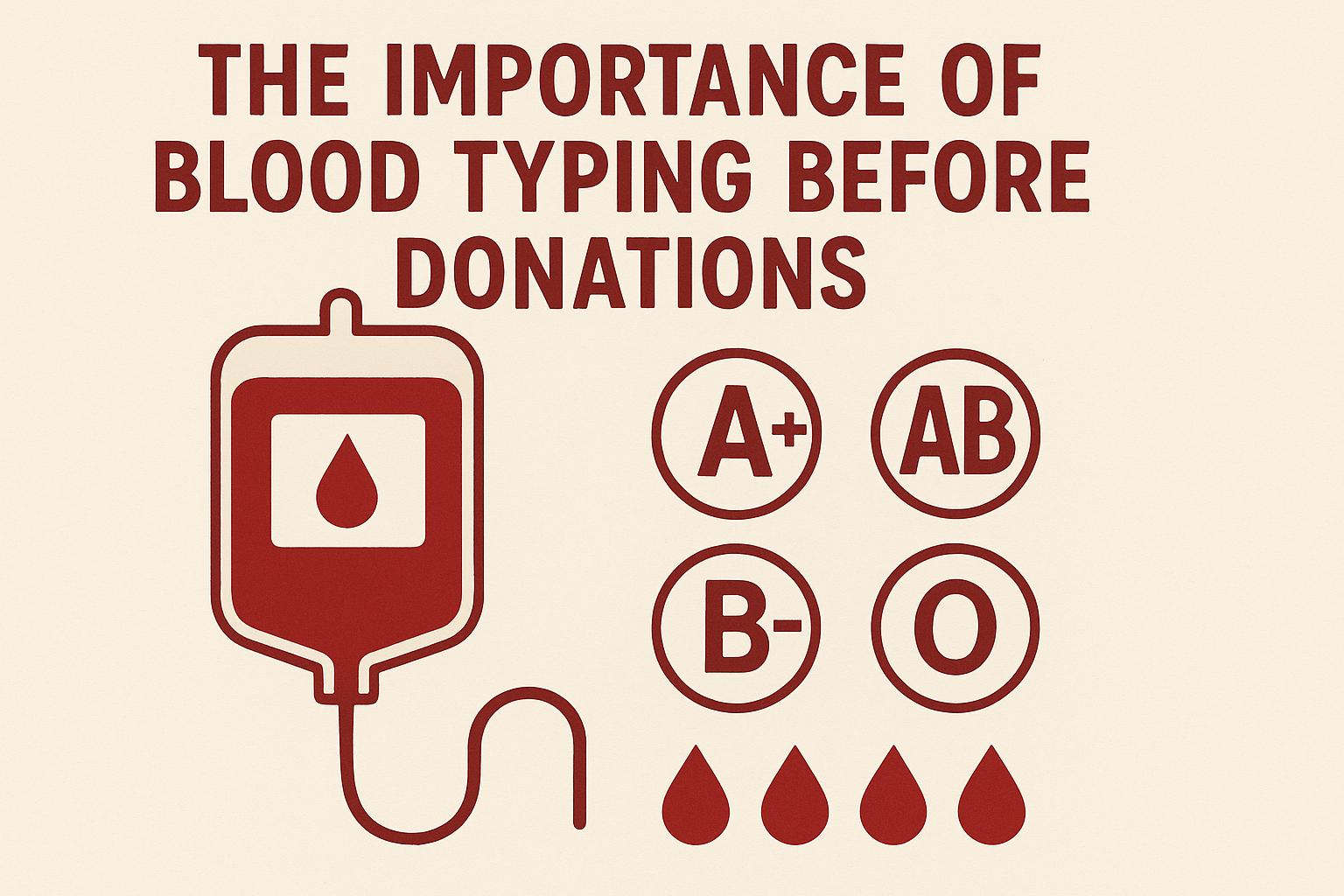The Basics of Blood Typing
The process of blood typing is an essential component of healthcare, allowing for safe and effective blood transfusions. Blood types are determined by the presence or absence of specific antigens and antibodies. The primary systems used for this classification are the **ABO system** and the **Rh system**, which further determine individual blood types as A, B, AB, or O, each of which can either be Rh-positive or Rh-negative.
Understanding the ABO Blood Group System
The ABO blood group system forms the basis for distinguishing among the various blood types based on the presence of antigens on the surface of red blood cells.
Breakdown of ABO Blood Types
The classification process begins with identifying which of the A or B antigens are present:
Type A blood features A antigens on the surface of red blood cells along with anti-B antibodies in the plasma. Individuals with this blood type can donate to Type A and AB recipients while receiving from Type A and O donors.
Type B blood is characterized by B antigens and anti-A antibodies in the plasma. This blood type can be given to Type B and AB individuals, and those with Type B blood can receive it from B and O blood donors.
In Type AB, you find both A and B antigens, and notably, there are no anti-A or anti-B antibodies present. People with Type AB blood are considered universal recipients within the ABO system and can receive blood from any ABO type, but they can only donate to other AB type individuals.
Type O blood lacks both A and B antigens but contains anti-A and anti-B antibodies. Type O individuals can donate to any ABO blood type, particularly Type O negative, which is known for its universal donor capability. However, people with Type O can only receive blood from fellow Type O donors.
Exploring the Rh Factor
The presence or absence of the Rh antigen, also referred to as the D antigen, further specifies a person’s blood type as Rh-positive or Rh-negative. Known as the Rh factor, this element is important for compatibility in blood transfusions and prenatal care to prevent Rh incompatibility complications.
Clinical Relevance of the Rh System
The presence of the Rh factor can influence reactions to blood transfusions, particularly when an individual with Rh-negative blood receives Rh-positive blood, potentially leading to an immune response against the Rh antigens. Understanding this distinction is especially vital for women during pregnancy. An Rh-negative mother with an Rh-positive fetus can lead to the development of antibodies against the fetus’s red blood cells, resulting in conditions such as hemolytic disease of the newborn.
Importance of Blood Typing for Donations
Ensuring Blood Compatibility
Blood typing is indispensable for determining the compatibility between a blood donor and a recipient. Incompatible blood transfusions can result in severe immune reactions, where the recipient’s immune system attacks the transfused blood cells as foreign invaders. For instance, a patient with Type A blood receiving Type B blood would trigger an immune response against the B antigens possessed by the transfused blood. Ensuring compatibility therefore reduces the risk of such adverse reactions.
Avoiding Hemolytic Reactions
Correct blood typing prevents complications like hemolytic reactions, where the recipient’s immune system eliminates the foreign red blood cells. Rh factor compatibility is integral, as Rh incompatibility can lead to serious conditions, especially in prenatal cases, where it may cause the fetus’s red blood cells to be destroyed, leading to anemia or other health risks in the newborn.
Significance of Universal Donors and Recipients
From a transfusion perspective, the concept of universal donors and recipients facilitates the management of emergency blood supplies. Individuals with **Type O negative** blood are labeled as “universal donors” since their blood lacks A, B, or Rh antigens, making it largely compatible with recipients of any blood type. On the contrary, people with **Type AB positive** blood are deemed “universal recipients” as they can receive red blood cells from any ABO and Rh type, giving them an extensive range of transfusion options.
Functionality of Blood Banks
Blood banks are critical in ensuring a continuous supply of blood and blood components, meticulously managing their stock based on blood type demand and availability. Proper blood typing in these facilities allows them to appropriately segregate, store, and distribute blood, maintaining the readiness for medical needs ranging from routine surgeries to unforeseen traumas and specific treatment regimens.
Additional Resources and Further Reading
For those interested in delving deeper into the issue of blood typing and donation guidelines, consulting authoritative health resources is advisable. Organizations like the American Red Cross provide extensive educational resources on their platforms. Similarly, the World Health Organization’s Blood Safety program offers comprehensive guidance on the global standards and practices of blood donation and safety. Engaging with these resources will provide more in-depth knowledge on the critical role of blood typing in healthcare.
